For many American families, taking the kids to Europe is a major travel goal and milestone. Planning a trip to another continent, however, can be incredibly intimidating, especially for families without a lot of travel experience.
Before we had kids, my husband and I both traveled extensively around much of Europe. Once we settled in California and began juggling babies and toddlers, we paused our European travels for a bit.
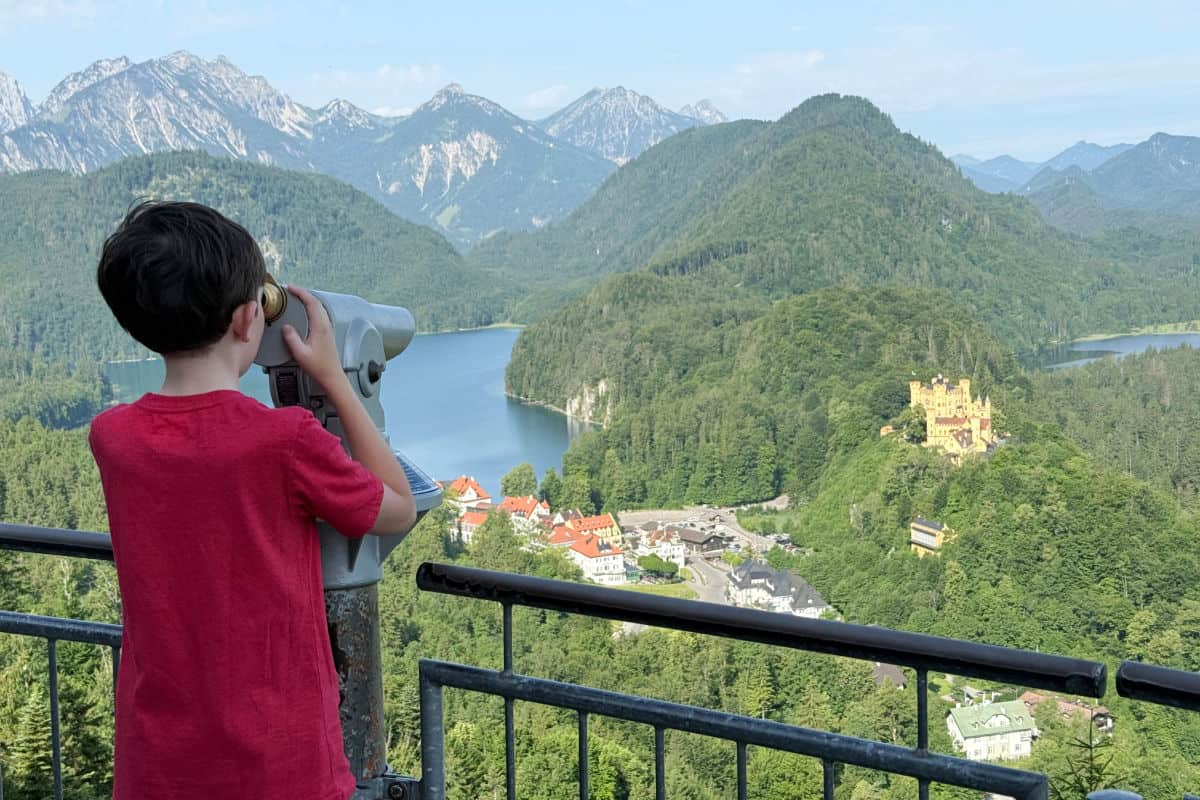
When the world opened up again and we found our kids at much easier ages for travel, European vacations became a major priority for us once again. We have been on extended trips to multiple European countries every summer since 2022, and we just returned from an early summer 2025 getaway to Austria and Germany.
We researched and planned extensively for our European travels and had a lot of travel triumphs and memorable experiences as a result. Of course, we made plenty of mistakes along the way too.
If you are planning a first trip to one or more countries in Europe with your own kids, here are my family's very best trip planning and touring tips for successfully tackling European destinations with kids.
Tips for Europe Trips with Kids
1. Pick kid-friendly cities.

One of the best ways to have a successful first family trip to Europe is by selecting family-friendly destinations to visit. Travel is, of course, about expanding horizons and getting out of your comfort zone, but you can only do that so much with kids.
Visiting a destination with kid-friendly offerings is especially essential if you are traveling with younger kids. Toddlers and preschoolers can really be thrown off by changes in routine or location, so finding destinations with features that feel familiar can really be comforting. If you want to raise kids who love travel, I find it helps to meet them half way.
What makes a destination kid-friendly? You can certainly build a kid-friendly itinerary through almost any destination in the world, hopping from playground to amusement park to kid-friendly restaurant. But if that means missing out on what you as an adult might want to see most in that destination (museums, historical sites, fine food, etc.), that probably isn't a recipe for a successful trip for the whole family.
I recommend researching and thinking about the top activities and attractions in a particular place. Are there ones that are must-dos on your list that you kids would also enjoy? Find a destination where you can strike a healthy balance.
For example, we chose London as the first city we visited on our first trip to Europe with our kids. The lack of a language barrier allowed us to navigate the city with ease. We knew our kids had a familiarity with much of the culture as well.
We participated in activities as varied as visiting the Churchill War Rooms, touring Westminster Abbey, attending a West End musical, and watching a Premier League soccer match. There was a little something for everyone there, and the whole family agreed the choice turned out to be a smashing success.
2. Choose lodging carefully.
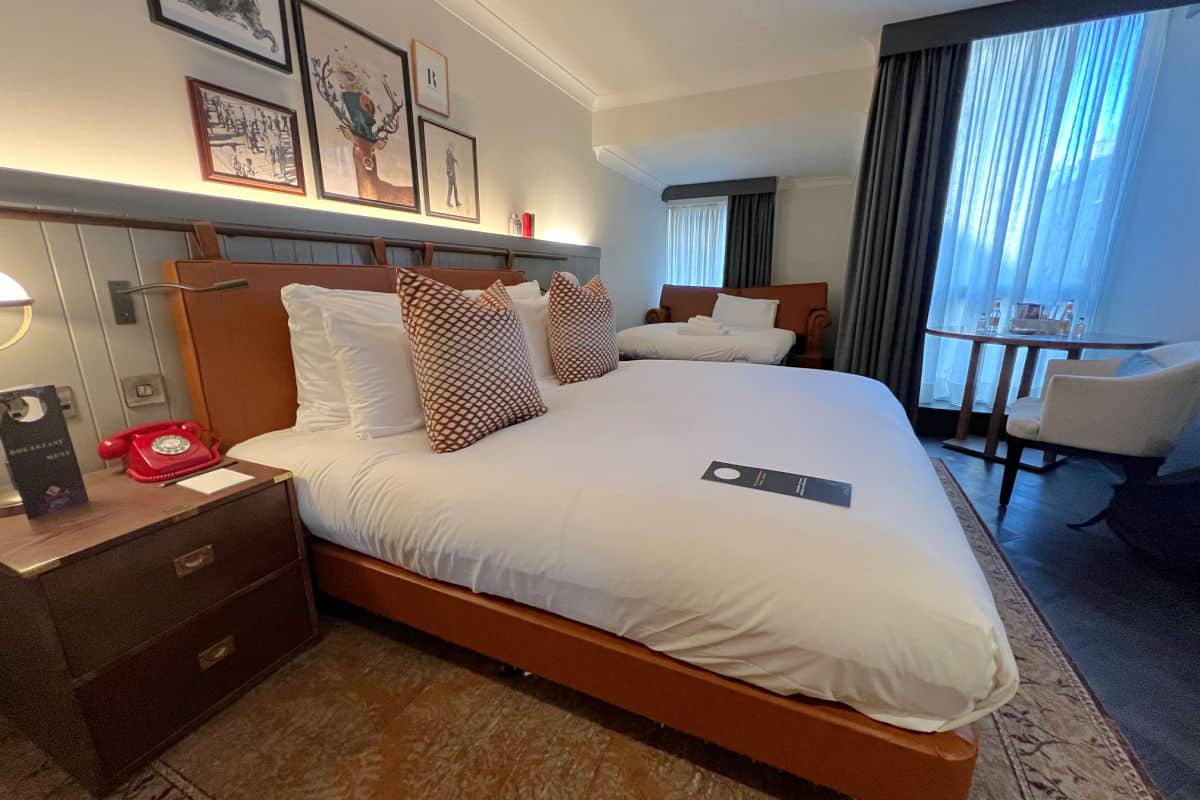
Even if you've traveled extensively all over the United States using a variety of different lodging options, you are likely going to have a bit of a shock when you start researching accommodations in many places in Europe.
Hotels and many other lodging types on the continent are often very family-unfriendly. Small rooms and even smaller beds are par for the course. It can be quite hard to find a hotel room that allows 3 or 4 people to share - much less comfortably.
Some hotels in destinations accustomed to a lot of family travelers may have more expensive family suites if you look closely (the one pictured above was at the Kimpton Charlotte Square in Edinburgh, Scotland). Occasionally some hotels might have a second room available at a discount for families. You'll likely need to call to inquire about these offers. Be aware that connecting rooms may not be available.
Many families should instead seriously consider apartment-style accommodations if you plan to stay in a city for more than a night or two. Renting a larger place on vacation rental sites like VRBO or Airbnb can give you access to family-friendly amenities like laundry, separate sleeping spaces for early kid bedtimes, more beds so siblings don't have to share, and a kitchen. These accommodations can often be far less expensive for families than two hotel rooms.
On the other hand, think through potential downsides of vacation rentals before you book. Some challenges we often bump up against include:
- lack of air conditioning (not common in a lot of European countries & Americans who often visit in hotter summer months can be unpleasantly surprised)
- no elevators (how will you navigate stairs with luggage or little ones in strollers?)
- no front desk/bell services (where will you store your luggage if you arrive before check in or depart after check out?)
- safety/security
3. Let the kids help plan.
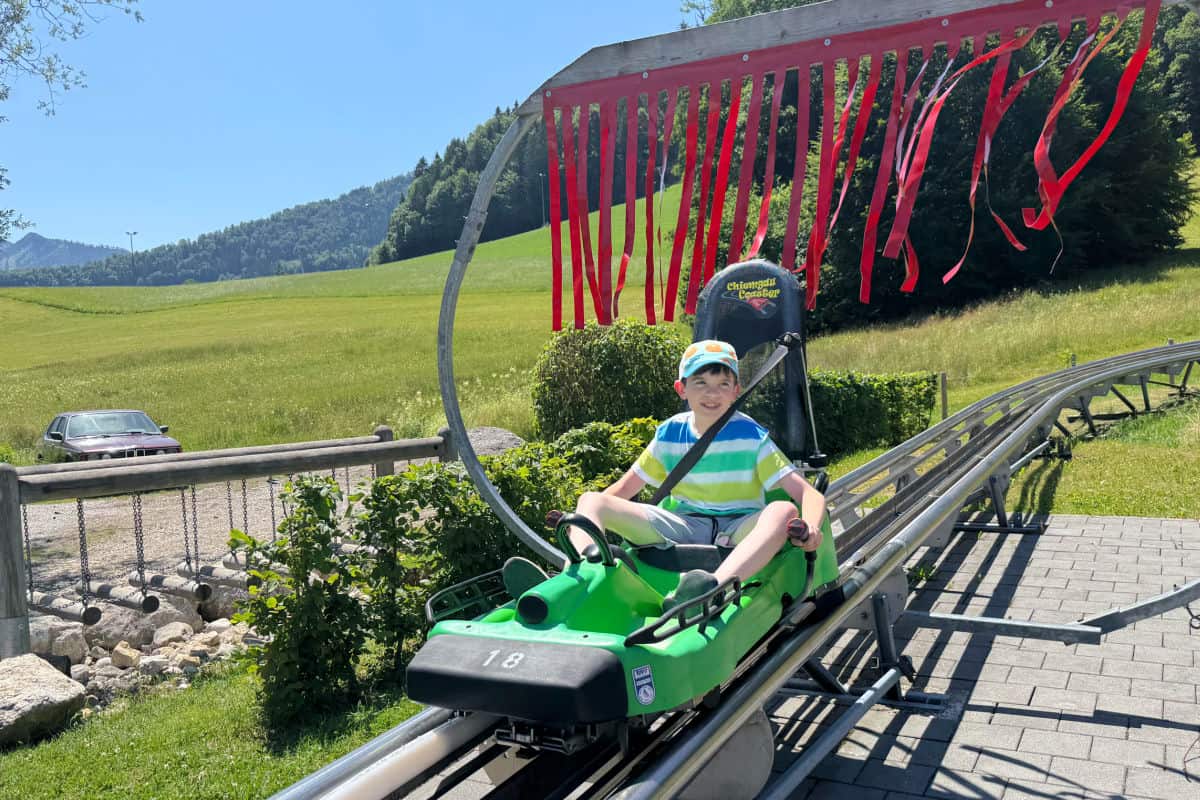
One way to set any trip up for success is to involve the kids in the planning process to get their buy in. We regularly talk with our kids about where in the world they want to visit, as they often get ideas from what they've learned in school, their friends, their own social media consumption, etc.
Once you settle on a destination, watch videos together about the activities and sights there and get their reactions to what is shown. Incorporate some of what interests them into your itinerary.
There are plenty of travel videos on YouTube, but our family's favorites for Europe are the always-reliable Rick Steves. We watched a number of them together and talked about what interested the kids most before we settled on our final itineraries.
4. Check international airline and airport rules & details.
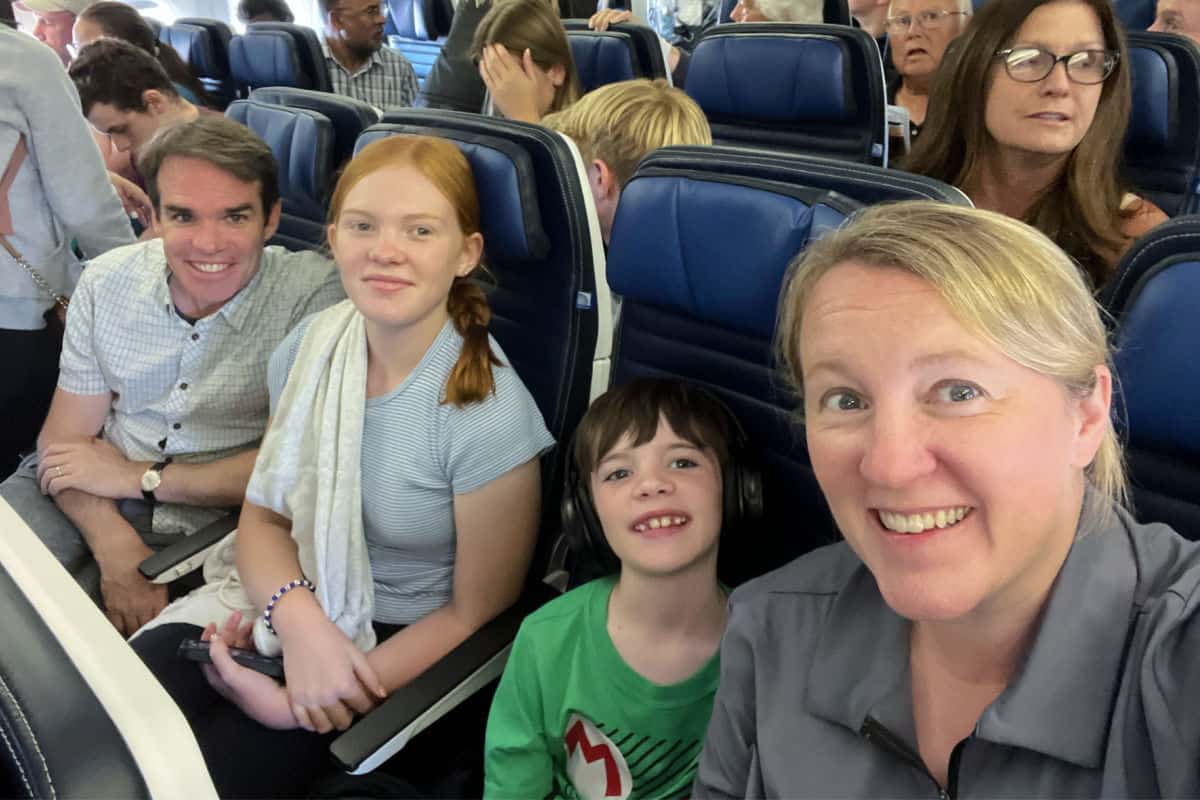
Even if you are an expert on air travel back home (as I certainly am when it comes to US-based airlines), you likely have some learning to do when it comes to booking international air travel. This is especially true if you will be flying an international airline from the US to Europe or a European-based airline while traveling around the continent like RyanAir or EasyJet.
Airlines all do things a bit differently. For example, I booked flights on the American Airlines website for our trip to London, but at least one of the flights was operated by British Airways. I paid for American's regular economy fare ("Main Cabin"), which I always do because I know it includes seat assignments, only to find out after the fact that British Airways doesn't do advanced seat assignments.
Thankfully, I was easily able to get great seats together in the end when we checked in (BA's A380 upper deck economy seats by the windows have extra space and side storage bins!), but the difference in practice and policy could very well have tripped us up.
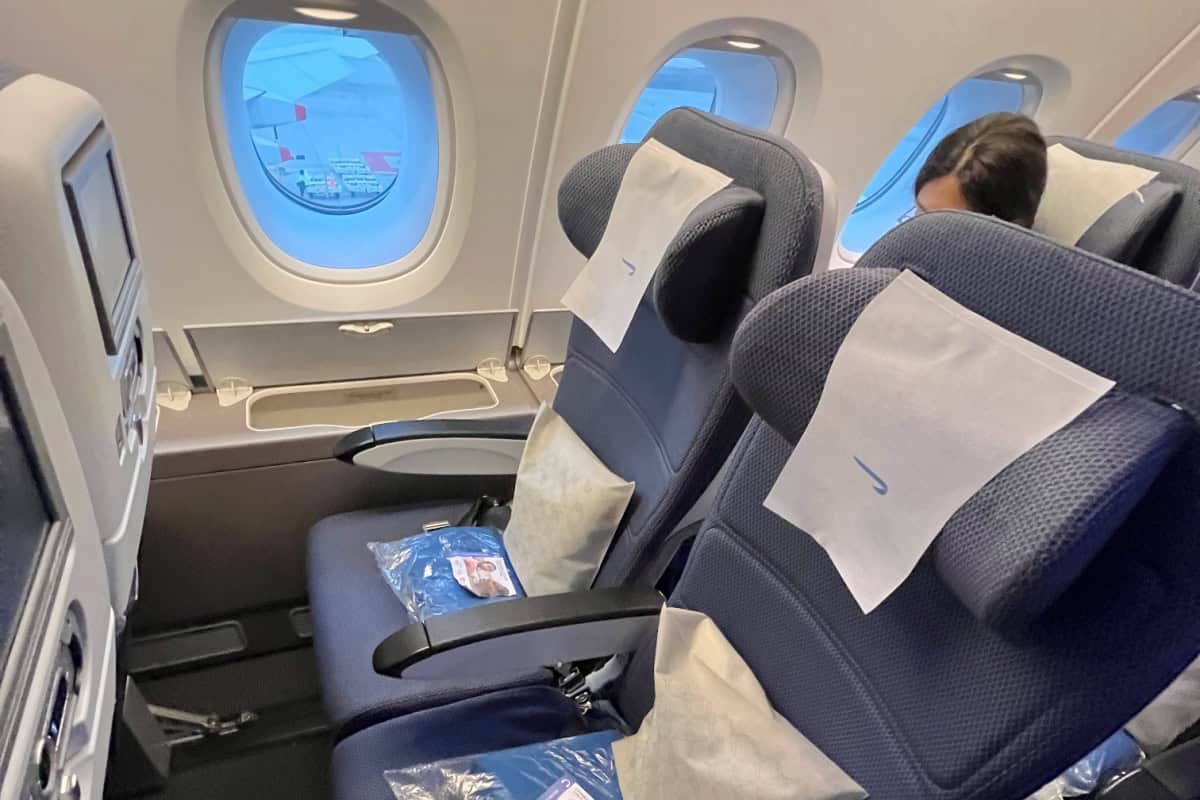
Airports can present challenges as well, especially when you have to connect in a busy European hub, perhaps re-checking luggage and changing terminals in an enormous and unfamiliar setting. We always research available connections and connecting airports carefully before booking a particular itinerary, especially with kids, to make sure one isn't meaningfully more stressful than the alternatives.
But it's not all pitfalls and problems. Sometimes the way international airlines and airports do things can really benefit traveling families. For example, several foreign airlines have child fares that can save you a bundle, perhaps making it cheaper to fly a non-US carrier. Some European airports also have special immigration lines for families, helping you skip the long lines upon arrival with tired kiddos.
5. Pack smart & efficiently.
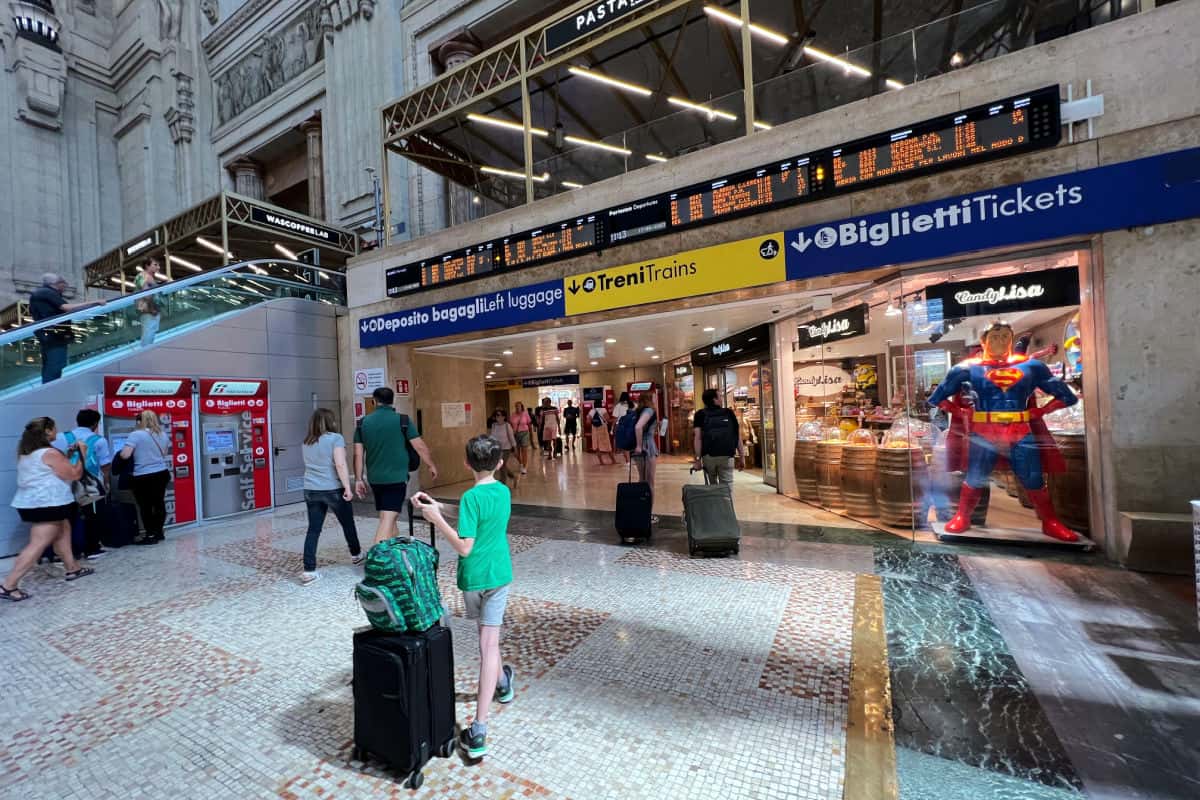
It can be hard to travel light with kids (especially little ones), but traveling as light as possible is truly essential for European travel. Why? So many destinations in Europe have serious accessibility and space challenges - stairs, cobblestones, small luggage compartments, and more. If you plan to move between cities on trains or take public transit, carrying a whole lot of luggage is a recipe for serious frustration.
We managed to do our most recent 9-day trip to Germany and Austria in fully-expanded roll-aboard sized suitcases plus one backpack per person. That proved to be essential fitting in small elevators and in packing all the luggage in our rental car's trunk (which was very large by European standards but was still very tight with 4 of us packing pretty light!).
So think carefully about what you really need to bring and don't overpack. Here are some strategies that have worked for packing smartly and efficiently:
- Think about what kids can carry: Even younger kids can help with bags so pack your stuff in luggage that they can carry or pull. I've found spinner bags with 4 wheels are often a lot easier than 2 wheeled suitcases.
- Share suitcases: If you have babies and toddlers you need to carry or push in a stroller, having extra hands free is key. Pack the whole family in 1 or 2 bigger bags so one adult or older sibling can get all the bags while another person is wrangling the baby or stroller.
- Pack items that do double and triple duty: Pack multipurpose items you can use a variety of situations that give you flexibility. I personally, for example, love quick-dry polo shirts which look sharp enough for dinner out but that also keep us cool on a hot day hiking or biking. For my son, we've always brought along boy scout pants that zip off to turn from pants to shorts. Those work as khakis for dressier dinners, for church visits where we need to cover knees, and as regular active shorts.
- Travel-size everything: Get miniatures of all the things! That means items like medications and shampoo, of course, but it can also be a travel-sized hairstyling tool (that one is recommended by my 16 year old) or a compact multi-port charging station.
6. Build in down time and even down days.
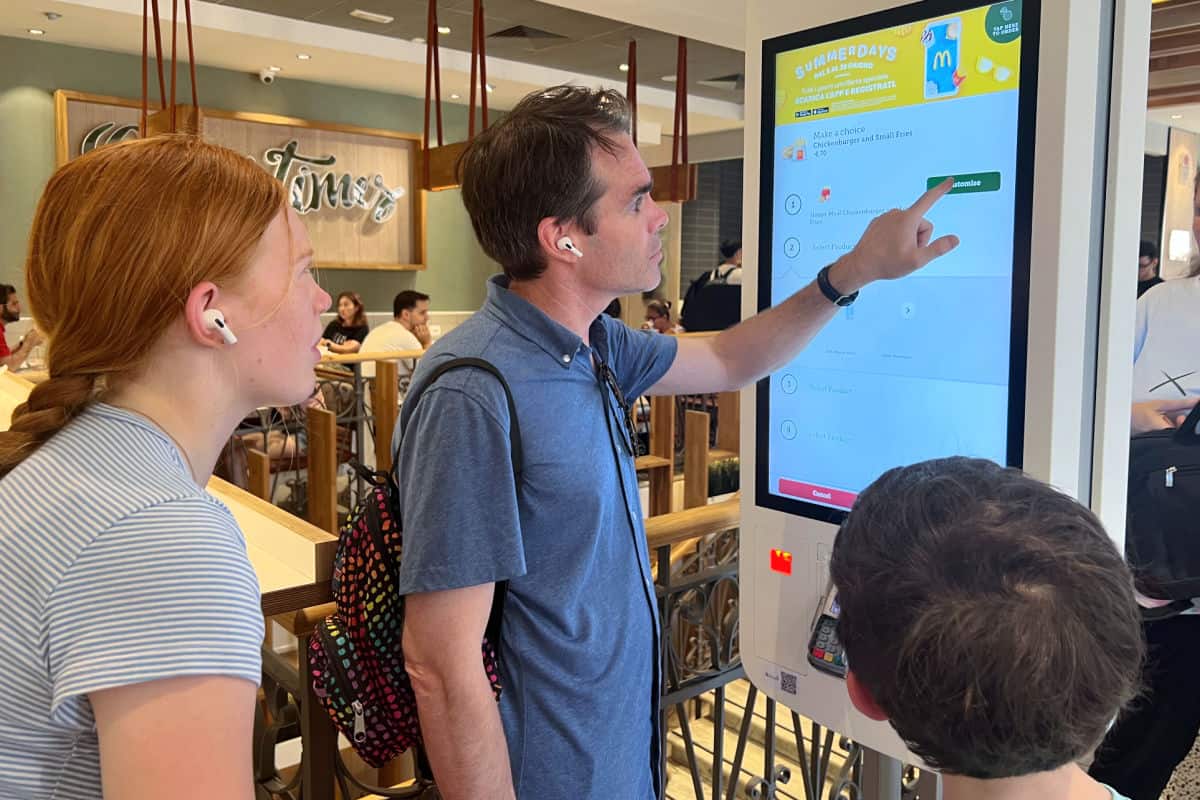
When my husband and I travel together, we usually want to fully utilize every minute of our precious time off to experience as much as possible. But that isn't a strategy for success with kids - especially not younger ones but not even for tweens and teens.
Plan in down time and maybe even a down day or two, depending on the length of your trip. Let the kids sleep in, veg out on their screens in the hotel, or order takeout in the room so they can get a break from crowds or heat.
I have one kid who is a bit of a picky eater, so he actually gets a mental reset in our travels when we can grab him a meal at McDonald's. Gelato breaks usually work wonders as well!
In short, do what gives your kids a break so you can tackle the sightseeing with renewed vigor.
7. Balance museums and history with kid-friendly things to do.

Europe is full of a lot of churches, museums, and historical sites and that can get boring for kids pretty quickly if that's all that you do. I personally think it's important that kids are exposed to lot of these experiences, but balance them out with other activities that are more kid-focused.
Depending on the ages of your kids, look for zoos and aquariums, amusement parks, theater or music performances, or just a good old fashioned playgrounds or parks. With younger kids make sure you get plenty of outdoor time for them to blow off steam. A hike or a bike ride can be a great way to explore a destination.
Here are a few examples of family-friendly activities we've enjoyed beyond museums and churches:
- Musical theater show in London's West End
- Riding an alpencoaster/sommerroddelbahn in rural Bavaria
- City bike tours in London, Paris, Munich, and Rome
- Visiting Disneyland Paris
- Pasta cooking class in Rome
8. Book age-appropriate tours.

We take a couple of tours in most cities we visit to help with logistics or to provide detail and commentary we can't get on our own. But don't just hop on Viator or TripAdvisor and book any old tour! If you do, you can easily end up with bored or exhausted kids.
We have discovered how essential it is to book tours that work for the ages and stages of our kids. You can explore the very same place in totally different ways depending on who is guiding you and how the tour is designed. So think carefully about the length of the tour, the timing and logistics, fellow guests if it is a group tour, the topical focus, etc.
Thankfully there are usually a lot of family-friendly tours and tour companies in major European cities if you dig in and do a little research. For example, we found Mariaclaudia Tours in Rome at the recommendation of a friend, and hired one of her guides to take us on a kid-friendly Colosseum Tour. That turned out to be clutch because we ran into a blistering heat wave on the day of our tour. Our guide knew where to find all the shady spots and adjust the pace so she could keep the kids interested, engaged, and out of the sun.
In contrast, the half-day early morning tour of the Vatican we booked from a more general-focused tour company was a minor misstep. Our son was 9 at the time, and it was definitely too many hours of history and art on too little sleep. He made it through, but if he had even been a year or two younger, it might have been a real lowlight.
We've found that when our kids were younger, we needed to do an occasional private tour. These allowed us to go at our own pace and customize the itinerary. For example, we booked a private guide for the bike tour we took in London. Cycling in that city is a little more challenging than in some other places, and having a private guide allowed us to keep the kids safer.
9. Book in advance to avoid sell-outs or long lines at attractions.

If you are planning to visit popular European tourist attractions on your own, advanced planning and booking are usually essential - especially during peak periods like summers when we visit. Don't just show up and expect to buy a ticket! You may have to wait around for a really long time for entrance to the most in-demand attractions, and you could be shut out completely.
We found, for example, that it is essential to get tickets to ascend the Eiffel Tower in Paris or tour Anne Frank's House in Amsterdam months in advance. Even then, securing a spot can be crazy competitive and require a little luck - not unlike getting tickets for a Taylor Swift concert.
Because these kinds of tickets do sell out, you have to get trip itineraries planned out weeks or months in advance, which can be daunting. But do that for at least a couple of days of your trip so you aren't shut out. Leave other days more flexible.
When we were just in Munich, for example, we planned a day trip to Neuschwanstein Castle on a Thursday and booked timed entry tickets for it several months before our trip. But we left the day after completely wide open and ultimately used it to visit places like Dachau and the Deutsches Museum that didn't require advance booking.
Two related tips when it comes to tickets:
- Always, always book direct if at all possible. You'll pay much less most of the time and you'll be certain you have authentic tickets. There are a lot of tickets resold on sites like Get Your Guide and Viator ostensibly packaged with a "tour" that is really just a middleman markup. If you've failed to plan, these tickets may be your only choice for entry. But if you plan ahead, you can avoid this trap altogether.
- Cut-the-line ticket options, when available, are almost always worth it with kids and often not that much more expensive.
10. Always check for child & family fares.
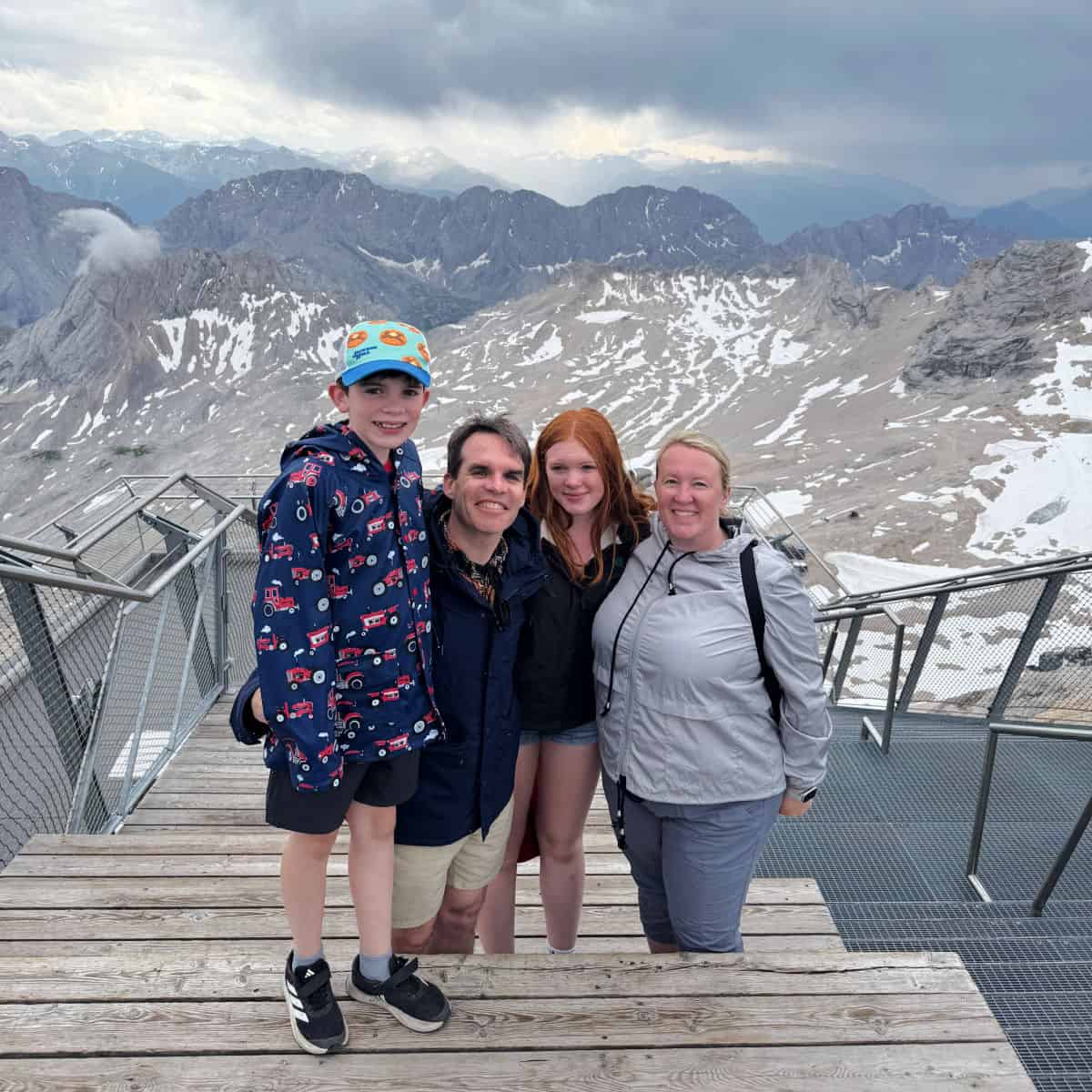
Speaking of tickets, Europe does do one thing very right when it comes to admissions - most places offer generous kid discounts! In many instances, kids (sometimes up to the age of 18) are entirely free. And if there are charges for kids or teens, the fares are often deeply discounted. This is true for everything from admissions to attractions to seats for theater shows to public transportation.
Look carefully at ticket options before you purchase because many attractions may offer a family ticket as well that is even cheaper (especially if you are a family of 4). Here's one example from our recent ascent of the Zugspitze in Austria. Purchasing a roundtrip excursion for 2 adults, 1 teen, and 1 child would have been €216.50, but the family ticket cost us only €155.
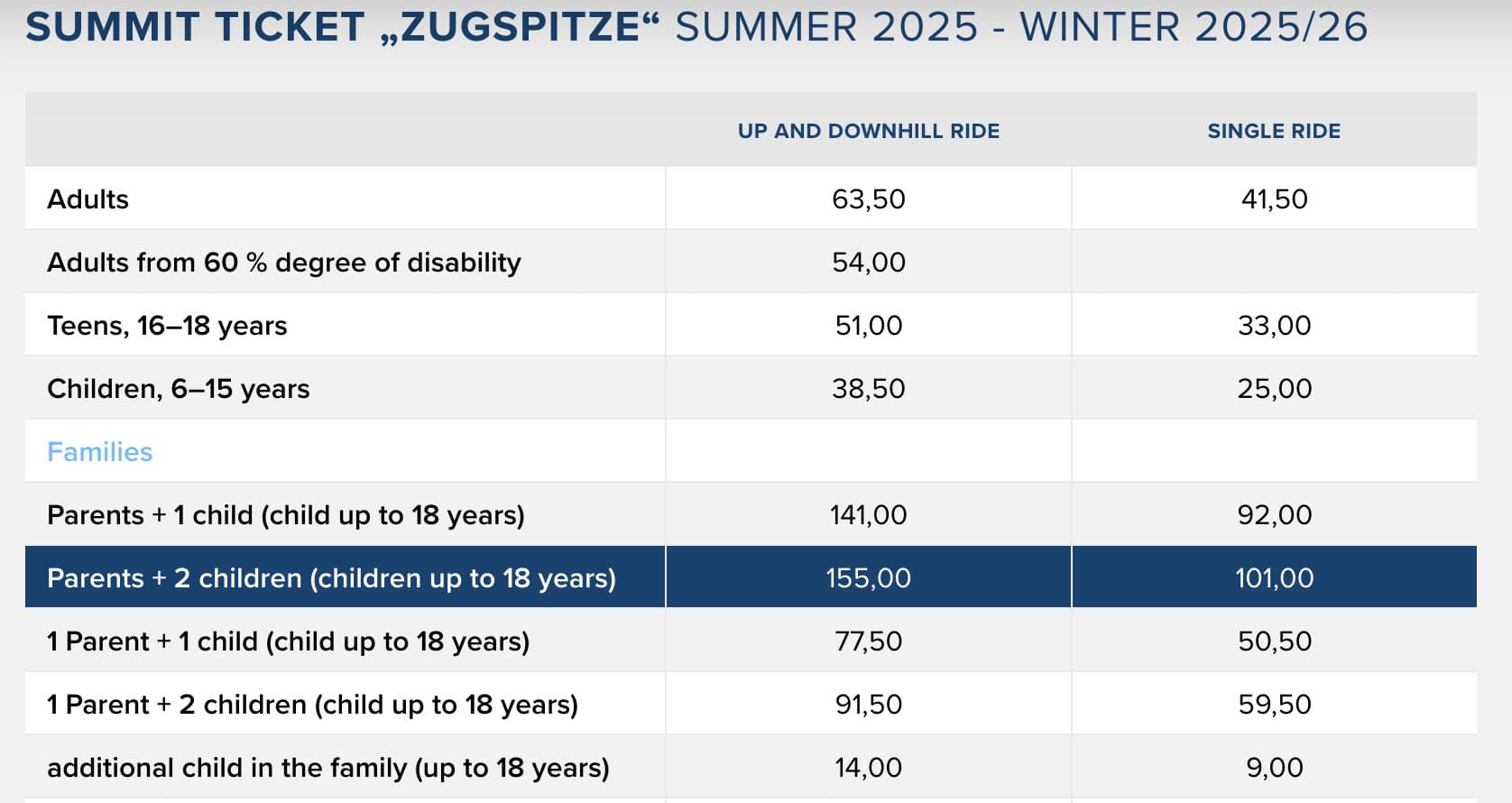
11. Use a baby carrier and/or only a very compact stroller.
If you are traveling with babies and toddlers, think carefully about how you will transport them around at your destination. Many European cities are not very stroller-friendly, but that can also depend on where you are staying, how you plan to get around, and what you plan to do.
Generally speaking, if you can baby wear, you'll be much more nimble in most European cities. If you need to pack a stroller, make it a super-compact one that you can fold up completely and lift with one hand (while holding your kiddo in the other). Leave the giant jog stroller back home in the USA.
12. Don't change locations too often.
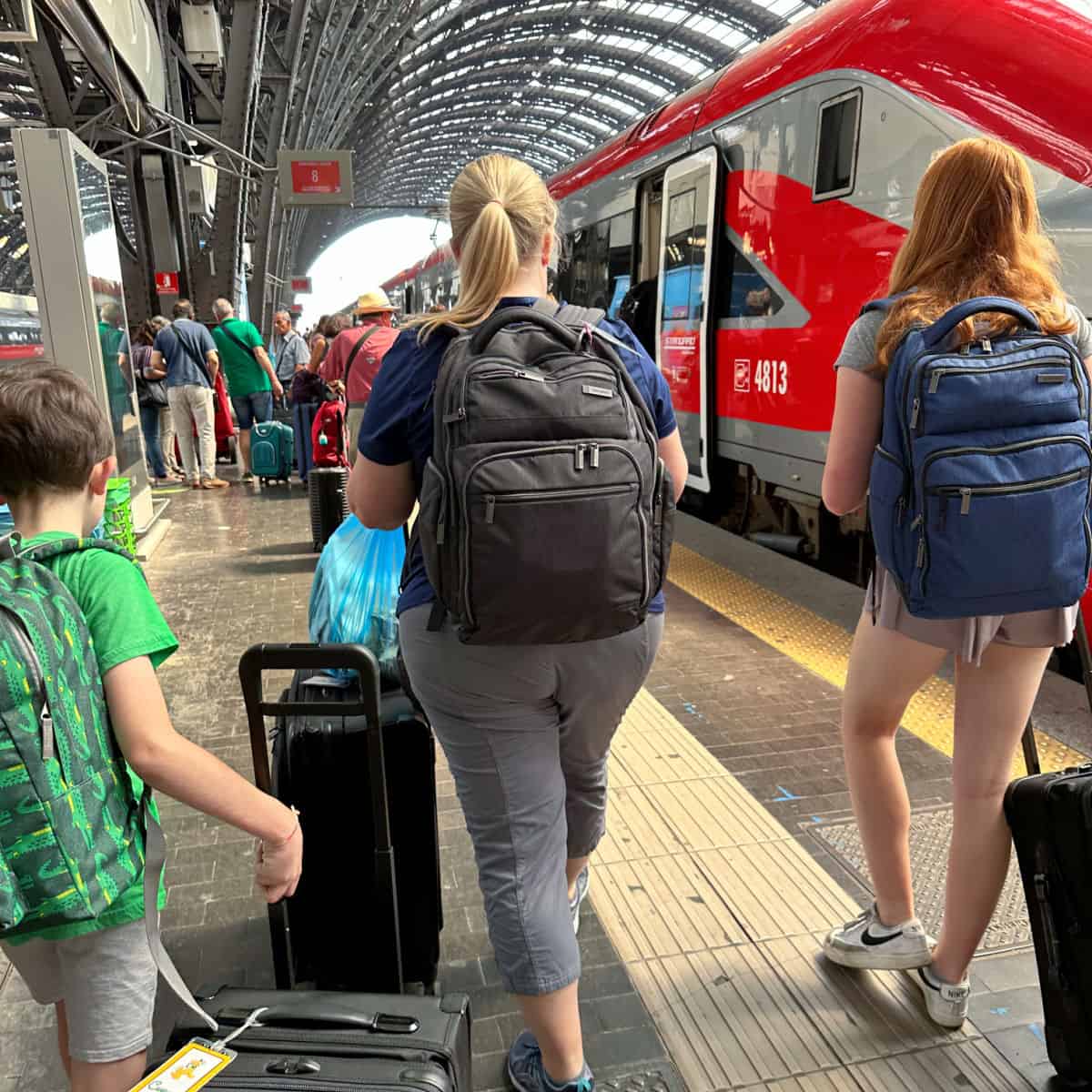
There are probably so many cities and sights on your European bucket list, so it's often tempting to string together a vacation that hops from city to city to try to hit as many as possible. Resist the temptation to pack too many places in to the time you have!
With kids, moving from destination to destination can get exhausting quickly. Packing up everything takes time and effort, especially if the kids can't do it themselves independently yet. If you have little kids, checking out of one hotel or vacation rental to move to another one sometimes means you don't have access a place to crash at afternoon naptime hours.
You can certainly combine a few places together in a single trip, but limit yourself. Personally, we try to spend at least 2-3 nights in each European city we visit. Only once have we spend a single night in a European hotel (in Paris, and that was right before we packed up to move to a hotel at Disneyland Paris which wasn't a major move).
In our own European travels, the maximum number of cities we've traveled through on a typical 1-2 week trip is four. On our Italy vacation in 2023, we visited Milan 3 nights, Venice 2 nights, Florence 2 nights, and Rome 4 nights. Other trips have usually involved 3 cities. On our most recent trip to Germany and Austria, we only stayed in two different places, Salzburg and Munich (but used them both as a base for a couple of day trips).
13. Bring all the kid medicines with you from home.
With kids, it's very hard to travel regularly and completely avoid illness. Kids pick up everything, and they'll be exposed to new viruses on on crowded planes and trains. It's a matter of not if but when. Kid sickness is inevitable.
My son managed to pick up a 24-hour stomach bug on both our summer 2022 and 2023 European travels, and our kids have come down with everything from ear infections to respiratory bugs to mystery fevers in our travels all over the globe.
Related: Tips for Travel with a Sick Child
While you can certainly pick up medications on the go in a pinch, I've found it's worth sacrificing a little luggage space to have a supply of medications for the most common ailments immediately at hand. That way, you won't find yourself with a sick kid in the middle of the night with no open stores nearby. And you won't find yourself standing in a pharmacy trying to compare ingredient names in a different language while trying to figure out whether a medication is appropriate for the age and weight of your child.
Here are the essential meds I always pack:
- Pepto Bismol tablets
- Imodium
- Tums
- Kids Tylenol and/or Advil
- Sudafed or Claritin
- Benadryl
- Benadryl/anti-itch cream
- Neosporin
- Dramamine (if a cruise or boat activity is a possibility)
14. Have a plan for cell data coverage.
While it's nice to unplug on vacation, smartphones and internet access are an increasingly important need in most kinds of European travels. We use our phones for almost everything when we travel abroad, from paying public transit fares, to purchasing and storing attraction tickets, to getting walking directions.
Unless you have lots of extra time and are prepared for the extra hassle, you need cell data service for a successful trip. WiFi can only get you so far.
I know a lot of travelers will get a local SIM card, but even that adds extra logistics that busy family travelers may not want to navigate. If you can get a reasonably-priced package from your regular cellular provider back home in advance that includes your European destinations, that's almost always the easier choice.
Because of how much we travel, our family has chosen a cellular provider and plan that already has us covered almost everywhere already. We have T-Mobile's Magenta Max plan, which gives us 5GB of international data per phone line per month in 215 countries. As long as we turn off cell data for video and photo-heavy apps like Instagram and YouTube, we've all had more than enough data everywhere we've visited in Europe for all the essentials for several weeks.
15. Learn the idiosyncracies of public transit and trains in advance.

Most American visitors to Europe are usually coming from a land where car culture dominates. Learning to use trains and new forms of public transit may seem daunting, especially with kids.
But in most European cities, trains and subways and busses are going to be your best and easiest and often cheapest ways to get around with kids (no car seat needed!). After visiting more than a dozen cities in Europe in the last few summers and having taken trains in Germany, Italy, Belgium, the Netherlands, France, and England, I know far too well that there is a lot to learn. Each city often has a different or multiple transit systems with different rules and there are several train options even within a single country.
In Milan's subways, for example, you can simply pay fares tagging in and out with the card in your smartphone's digital wallet. In Munich, however, there are no fare gates and you first have to go to an old fashioned machine to purchase an individual trip or daily ticket.
It's worth reading up on what to expect in advance so you don't waste time staring at ticket kiosks or missing a train because you were confused about how it all works. I usually try to find a blog post by a local travel blogger to get the scoop on how local transit works. And for train advice, I read The Man in Seat 61 religiously, as he has the most comprehensive site covering the minutiae of train travel all over Europe.
16. Scope out laundry options.
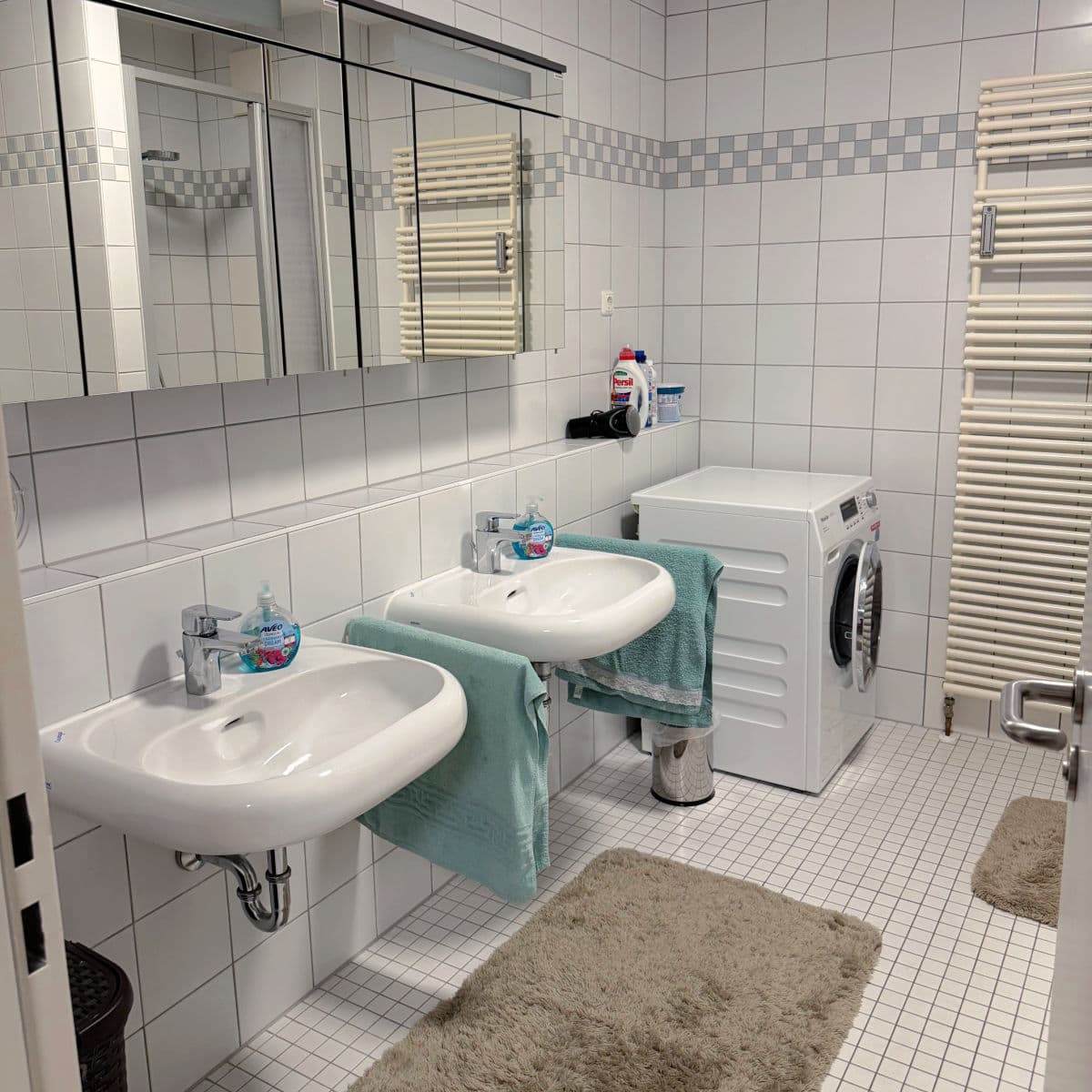
Kids get dirty and that means you may need to do laundry in your European travels (especially if you are following Tip #5 above and packing light!). If you can do laundry even once mid-trip, you can certainly pack a whole lot less.
We make laundry considerations part of the planning and booking process, and that has served us so well in our travels. We usually choose to stay in at least one Airbnb rental with a washer at some point on our trips. A dryer is a bonus too, but we've found that most of the small ones in apartments do not work well, so hanging clothes to dry (at least partially) is par for the course.
But even if you are in a hotel or your Airbnb doesn't have laundry, local laundromats work well too (and the dryers are better)! We've hit up a local laundromat on occasion. Map those out in advance as you are choosing lodging so you are sure the logistics and location will work. I usually just search for laundromats on Yelp and look at the map to find one a few blocks away and to pre-plan for the hours it is open. If your kids take an afternoon nap or rest time, that can be an easy time of day to quickly do a load.
And if all else fails, a little detergent in the sink and hanging clothes to dry in the bathtub works too!
17. Have a safety plan.
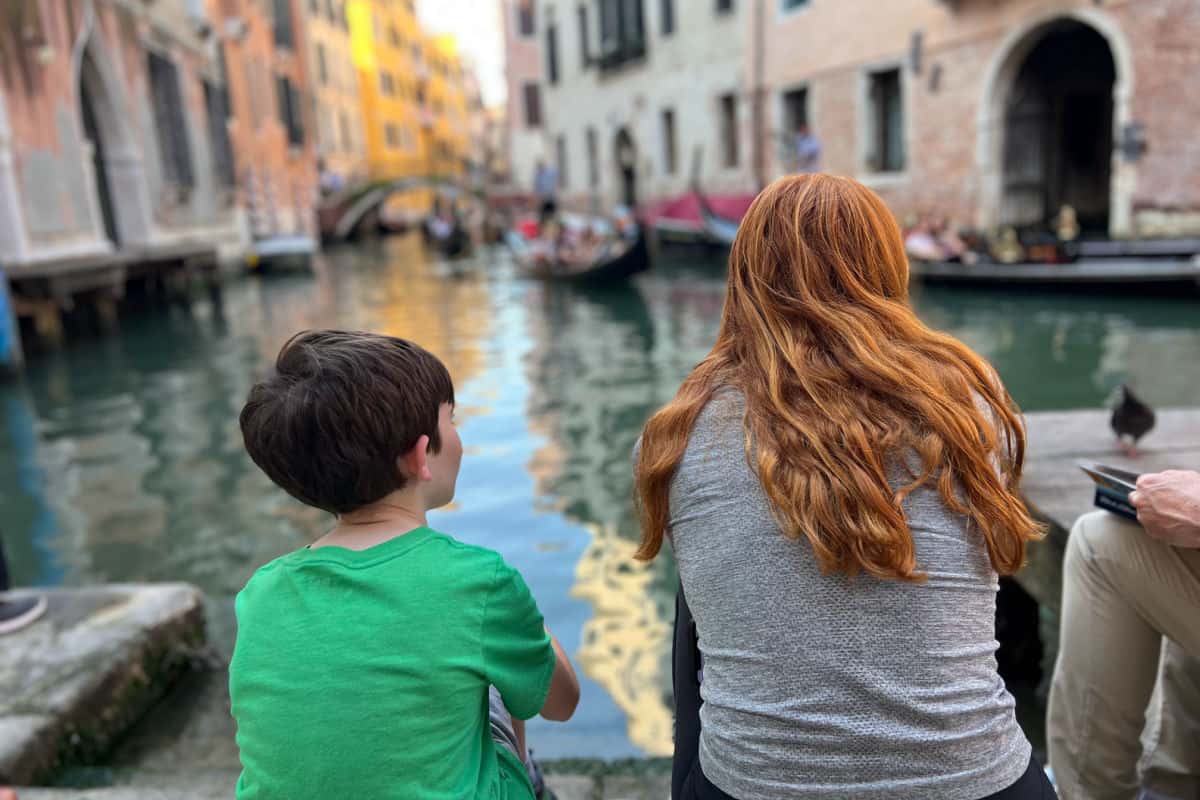
Last but certainly not least, families should think about and plan for their unique safety needs before jetting off to Europe. So many cities on the continent are exceedingly safe, but others have safety issues that may be different from what you are used to back home. Those include situations like pickpocketing, different traffic and pedestrian rules, and lower childproofing standards (water, open windows, etc.).
Parents who are distracted by young kids are sometimes a target. Even as alert and experienced as I am, I narrowly avoided a pickpocketing attempt on the Paris Metro a few summers ago. All it took was a short 30 seconds I was distracted by my son who dropped his ticket (thankfully, I caught the thief in the act before she got anything!)
If you have older kids who will be carrying around their own wallets or cell phones, talk to them about pickpocketing and how to keep their items safe. If you have curious and active little ones, survey your hotel room or vacation rental carefully for hidden dangers and childproof as much as you can.
Depending on the ages of your kids, it's also especially important to have a plan for a kid getting lost. Some parents may want to label their little ones or put an Airtag in their pocket or on a bracelet they wear. Kids old enough to memorize a phone number should know a parent's number by heart .
Show kids early in your trip who they can go to if they get lost (a subway employee booth, guards or staff at a museum). It's especially easy to get separated getting on and off busy trains and subways, so be at your most vigilant there. We still hold hands if it's really crowded!
And discuss a plan with kids if the worst were to happen. For us, that's get off at the very next station and wait on the platform for the next train to arrive which hopefully will have one of us on it.
Final Thoughts
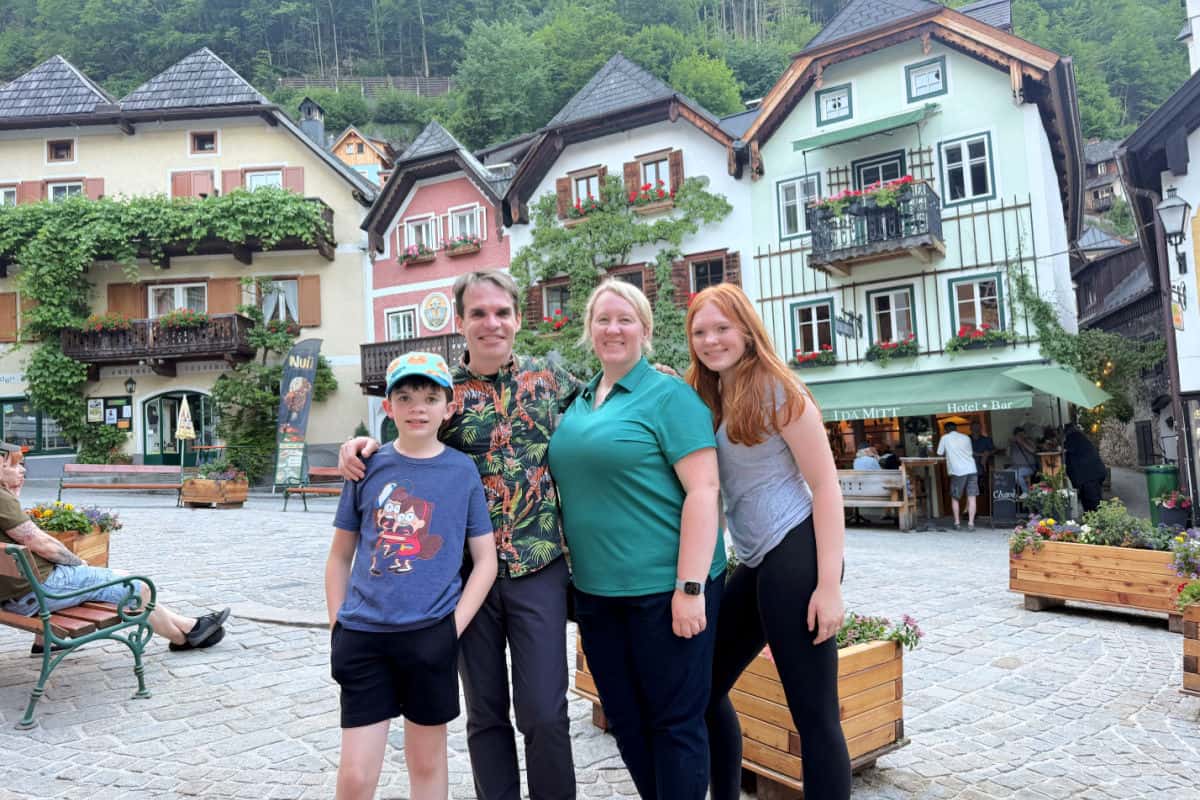
As you can probably tell by the stories throughout this post, we've made a lot of happy memories on our European travels. We absolutely think these travel experiences are worth it for families with kids of almost every age.
But to have the best experience, it's important to plan and prepare. There's a learning curve going overseas. Hopefully this post has gotten you over many of the major humps so you can hit the ground running!


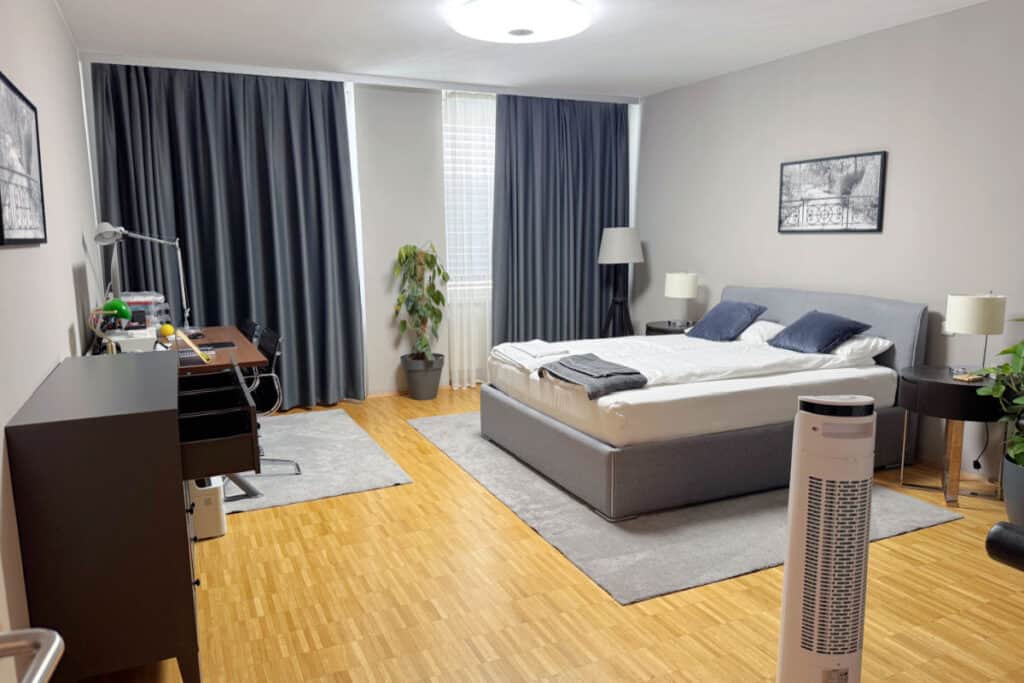
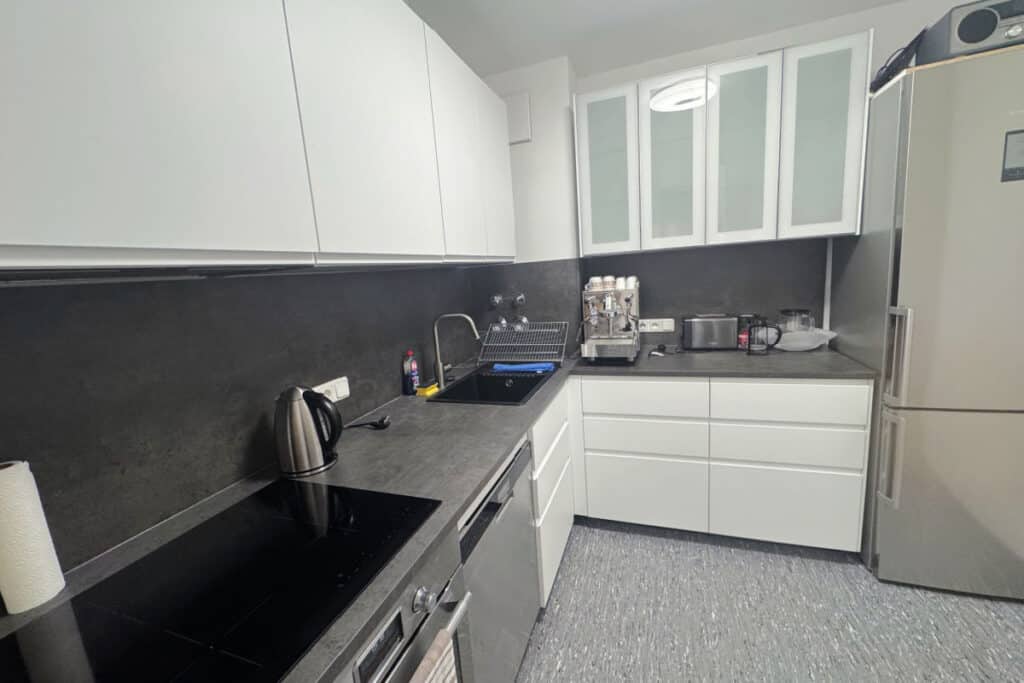
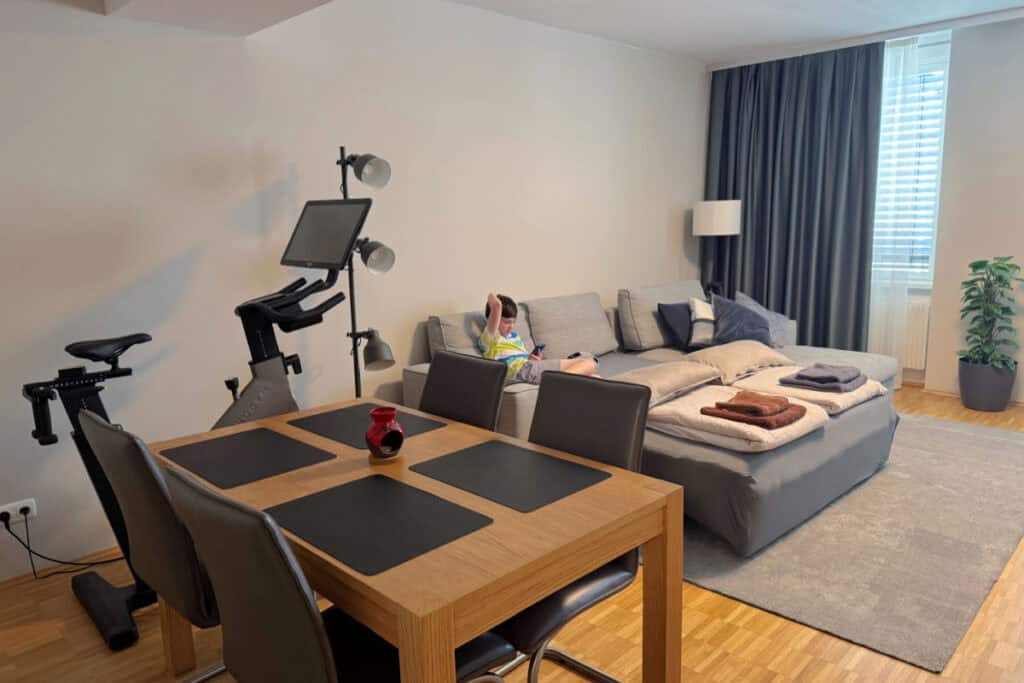




Leave a Reply